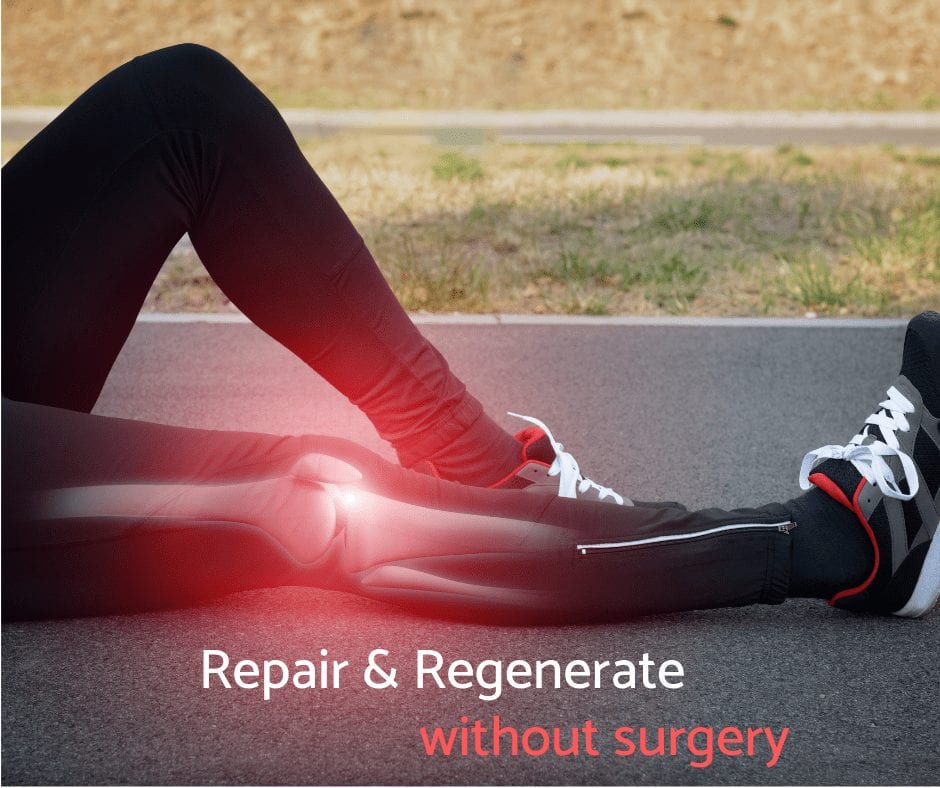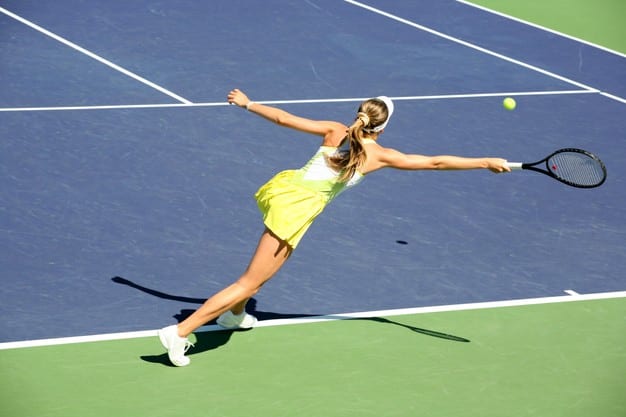The body is intended to move. In fact, when we don’t move, all of our organ systems begin to rapidly decline. This process is known as deconditioning. There are several known effects of deconditioning including muscle wasting, decreased strength of our ligaments and tendons, loss of bone density, and a decline in lung and heart function. As we age, we lose about 1.2% of bone health each year. With bed rest (one of the most extreme forms of deconditioning), we lose about 1% each week! This is just one example of the effects of deconditioning.
“Anyone who lives a sedentary life and does not exercise, even if he eats good foods and takes care of himself according to proper medical principles-all his days will be painful ones and his strength shall wane.”
-Maimonides, Treatise of Hygiene (1199)
So, we need to be active to be healthy. One of the most obvious forms of activity is through sport. Athletics allows us to be physically fit, while providing ongoing motivation through entertainment, accomplishment, engaging challenges and often times camaraderie from being part of a team. These qualities of sports help to integrate exercise into a lifestyle for those we can call athletes. Athletes range from the competitive Olympic sprinter to the 90-year-old who does tai chi 3 days a week.
While we exercise, the strain on our tissues creates micro-injuries. The body typically responds by repairing the damaged tissue with stronger, more robust structures. We see this in larger muscles as well as stronger ligaments and tendons along with their attachments to bones. Athletes face the potential of increased strain on tissues through repetitive activities, motions and trauma. This results in increased tissues stress/strain and the increased potential for degeneration of tissues. This occurs because the body’s healing mechanism is exhausted, and the build-up can’t keep up with the breakdown. Another common complaint in athletes involves acute injuries. When this happens, the tissue damage may overwhelm the body’s healing cascade.
In normal tissue healing, we generally notice less soreness after 1-5 days, with complete healing occurring in about 60 days. When tissues remain sore beyond this typical timeframe, there is a chance that structure will remain damaged. This is where regenerative medicine can play a big role to initiate, or expedite, repair in tissues that have hit a roadblock in healing. In these scenarios, physicians can inject concentrated platelets (PRP), sometimes with stem cells from bone marrow concentrate, directly into the injured tissue. This is optimized by use of ultrasound, or X-ray guidance. When these blood products are placed at the site of injury, several physiologic events begin to occur including:
-Increased blood flow through new blood vessel formation.
-Removal of dead cells and tissue debris.
-Formation of a scar that provides a framework for new tissue growth.
-Production of new connective tissue (collagen, elastin and ground substance).
-Remodeling of the scar and muscle/tendon/ligaments.
-Decreased pain, increased stability in the structure, improved function, return to Sport!





